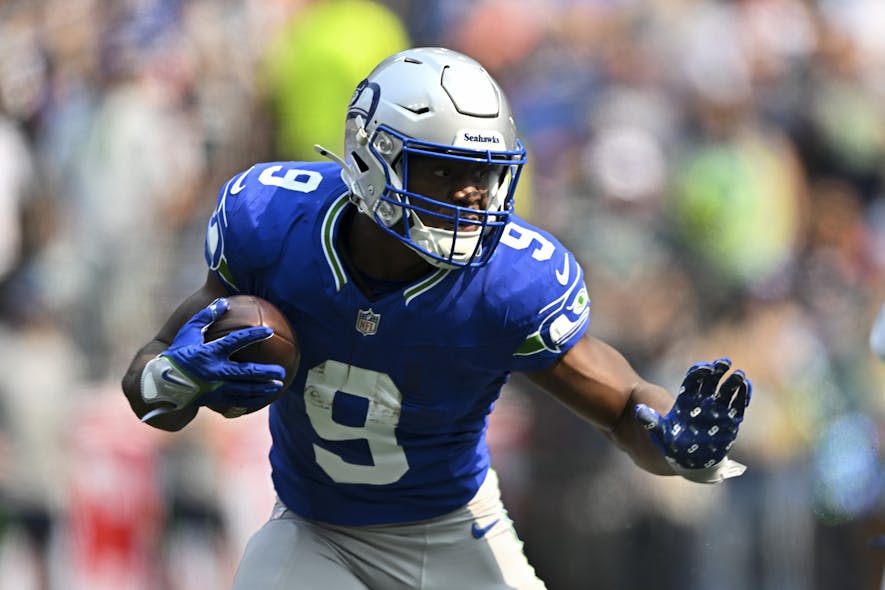In the realm of fantasy football, many managers hold the belief that if a player is truly talented, their skill will become apparent early in their career. While this idea is logical, an analysis of some numbers was conducted to test this belief and better understand the extent to which early success matters for fantasy football assets. This discussion started with the quarterback position in the first article of the series, but this piece will focus specifically on the running back position.
The Process
First, a baseline was needed. To find that, the average fantasy points per game scored by the 12th-best running back among players who participated in at least six games over the past 12 seasons was calculated. In a PPR scoring system, this average was approximately 15.1 points per game. This served as the baseline for an RB1 season. Using a similar strategy, it was also calculated that 13.0 points per game was an appropriate RB2 benchmark.
After excluding one-hit wonders, we were left with 37 running backs who finished above the 15.1 points per game mark since 2013. This list includes some absolute legends, such as LeSean McCoy and Chris Johnson, as well as solid players like Joe Mixon and Chris Carson.
All in all, this collection is a list of successful fantasy football running backs.
The careers of these running backs were then examined, reviewing their performance over each season while tracking the fantasy points scored per game. By analyzing this data, the aim was to understand the significance of early production for successful fantasy football running backs.
RELATED: See a similar look at the quarterback position here.
The question explored here: How early do successful fantasy running backs provide production in their careers?
The Discovery
After looking at the numbers, every running back fits into one of three major categories.
- Immediate Stars: Players who hit at least one RB1 season within their first two seasons.
- Early Producers: Players who at least had one RB2 season in their first two seasons without having an RB1 season.
- Late Bloomers: Players who did not hit either an RB1 or an RB2 season within their first two seasons.
Similar to the rest of the research, only seasons where the player played in six or more games were considered to avoid outlier numbers.
The data from the entire 37-running back sample:
- Just over 81% of them were Immediate Stars, hitting the 15.1-point-per-game mark at least once in their first two seasons.
- Approximately 8% of the players were Early Producers, having at least one RB2 season but no seasons that reached the RB1 baseline.
Overall, this indicates that nearly 89% of the running backs in the sample provided some level of fantasy relevance within their first two seasons.
This leaves a small percentage of about 11%, representing our Late Bloomers, with three of those four players not reaching the RB2 or RB1 baseline at all in their first three seasons played.
If your running back has not flashed much within their first two or even first three seasons, it would likely be unwise to bet on this player achieving RB1 success.
Here is a table of the data.

